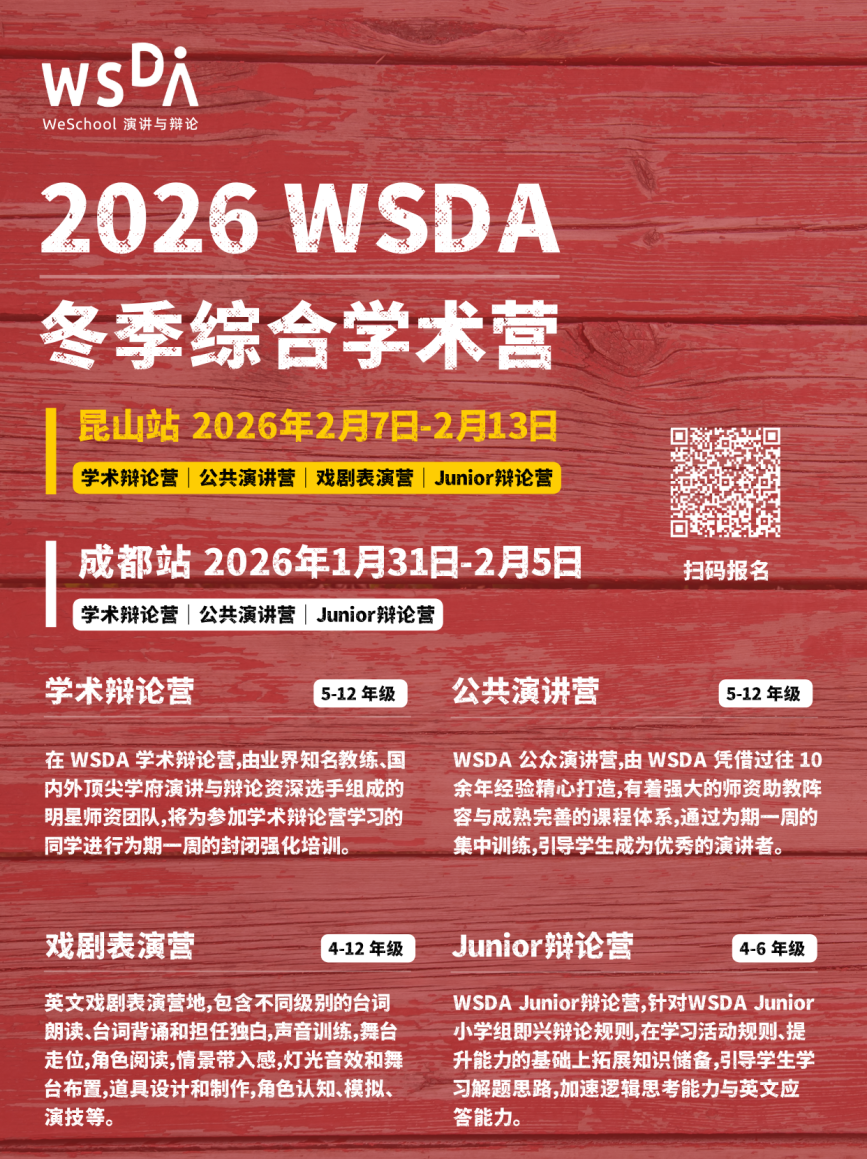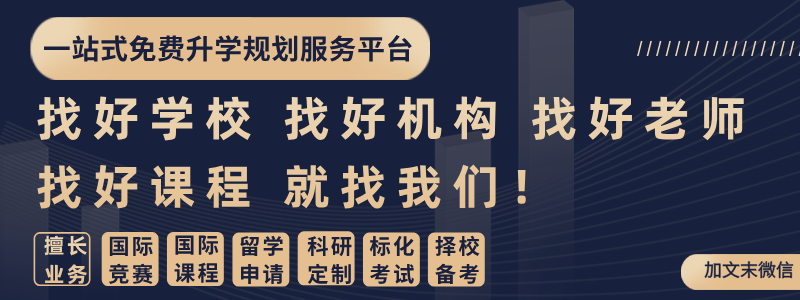快餐连锁店是否应被要求将健康菜单选项作为其主要产品?
这道看似贴近日常生活的辩题,却牵动着公共健康、市场自由、消费者心理和企业责任的多方角力。
当政府、企业和消费者被推到同一个餐盘前,谁的利益应该更优先?
Topic:
Resolved: "Fast food chains should be required to offer healthier menu options as the majority of their items."
快餐连锁店应被要求将健康菜单选项作为其主要产品。
Topic Overview &
Background Info
With rising global health concerns such as obesity, diabetes, and heart disease, the role of fast food in modern diets has come under increasing scrutiny. Fast food chains are often criticized for offering meals high in calories, saturated fats, sodium, and sugar, which contribute to public health challenges. Governments and health organizations have begun advocating for nutritional improvements in commercially available food. Proponents argue that requiring fast food chains to make healthier items the majority of their menus would help combat lifestyle-related diseases, empower consumers to make better choices, and foster a culture of wellness. Opponents, however, contend that such a mandate would interfere with market freedom, increase operational costs, and may not align with consumer preferences. This debate examines whether public health interests justify imposing such a requirement on the fast food industry.
Key Term Definitions
Fast food chains:Established restaurant companies characterized by quick service, standardized preparation, and often widespread franchising (e.g., McDonald's, KFC, Burger King).
Required:Implies a regulatory mandate, likely enforced by government or public health authorities.
Healthier menu options:Food and beverage items that meet specific nutritional standards, such as being lower in calories, saturated fat, sodium, and added sugars, while containing beneficial nutrients.
Majority of their items:More than half of the offerings listed on the menu.
Pro Arguments
 01
01
Addresses Public Health Crises
Analysis:Fast food is a major contributor to poor dietary habits. Making healthier options the standard can reduce the prevalence of obesity, hypertension, and type 2 diabetes, lowering public healthcare costs.
Example:"Studies have shown that reducing the default availability of high-calorie, low-nutrient foods can significantly improve community health outcomes over time."
Tip:Emphasize the societal burden of chronic diseases and the role of the food environment.
02
Influences Consumer Choice and Shapes Social Norms
Analysis:Consumers often choose based on availability and convenience. By making healthier items the majority, chains can nudge customers toward better choices without restricting freedom, gradually making healthy eating the default option.
Example:"When a major chain introduces a new healthy item as a standard offering, it gains visibility and can become popular, shifting consumer expectations."
Tip:Use the concept of "choice architecture" to argue that the environment shapes decisions.
03
Encourages Corporate Responsibility and Industry Innovation
Analysis:A mandate would push fast food companies to reformulate recipes, develop new nutritious products, and compete on health and quality, not just price and taste.
Example:"In response to public pressure, some chains have already introduced salads and grilled items; a requirement would accelerate this positive trend across the entire industry."
Tip:Argue that regulation can be a catalyst for positive innovation.
04
Protects Vulnerable Populations, Especially Children
Analysis:Low-income families and children are heavily targeted by fast food marketing and are particularly susceptible to diet-related health issues. This policy would ensure that healthier choices are accessible and prominent for these groups.
Example:"Making a fruit pack or a whole-grain sandwich the default kids' meal option can have a lifelong impact on a child's eating habits."
Tip:Frame this as an issue of social equity and protecting the most vulnerable.
Con Arguments
01
Infringes on Free Market Principles and Consumer Freedom
Analysis:The government should not dictate what private businesses sell. Consumer demand should naturally shape the market; if people wanted healthier options, chains would already provide them.
Example:"Such a requirement represents government overreach into personal lifestyle choices and restricts a business's ability to respond to its customers' preferences."
Tip:Frame the debate around liberty, choice, and the proper role of government.
02
Increases Operational Costs and Reduces Profitability
Analysis:Healthier ingredients like fresh produce and lean proteins are often more expensive and have shorter shelf lives. This could lead to higher prices for consumers and reduced profit margins for businesses, potentially leading to job losses.
Example:"Small franchise owners, in particular, may struggle with the increased costs and logistical challenges of sourcing and storing a majority of healthier items."
Tip:Focus on the economic impact on business owners and consumers.
03
"Healthier" is Subjective and Difficult to Regulate
Analysis:There is no universal definition of "healthy." A low-fat item might be high in sugar, and a low-calorie item might lack essential nutrients. Creating and enforcing clear, effective standards would be complex and contentious.
Example:"A standardized 'healthy' label could lead to loopholes where processed foods that technically meet criteria are still not nutritious, misleading consumers."
Tip:Argue that the policy is based on a flawed and oversimplified concept of health.
04
May Not Align with Consumer Tastes and Could Lead to Business Failure
Analysis:The core appeal of fast food is often taste, convenience, and indulgence. If the majority of the menu shifts to items that consumers do not want, they may simply stop visiting, harming the industry without necessarily improving public health.
Example:"Past failures of many 'healthy' fast food initiatives show that there is a limited market for these items as primary offerings."
Tip:State that the policy is well-intentioned but ultimately out of touch with what most customers actually choose to buy.
Strategies
The Pro sideshould frame the resolution as a necessary public health intervention, highlighting the societal costs of poor nutrition and the responsibility of influential corporations. They should argue that the status quo is unsustainable and that the policy is a proactive step toward a healthier population.
The Con sideshould focus on the principles of economic freedom and practical feasibility, arguing that the policy is an ineffective overreach that will harm businesses and fail to change consumer behavior. They should advocate for education and voluntary industry action instead of government mandates.
Conclusion

The debate over requiring fast food chains to make healthier items the majority of their menu ultimately centers on a conflict between public health objectives and economic liberty. While the goal of improving dietary health is widely shared, the methods for achieving it are deeply contested. The resolution forces a critical examination of whether government mandates are an appropriate and effective tool for shaping the food environment, or whether they represent an unacceptable intrusion into the market and individual choice.
把你的思考带上辩场
👇即刻报名👇

2026冬季冠军赛报名已开启
准备好迎接你的下一个高光时刻了吗?













